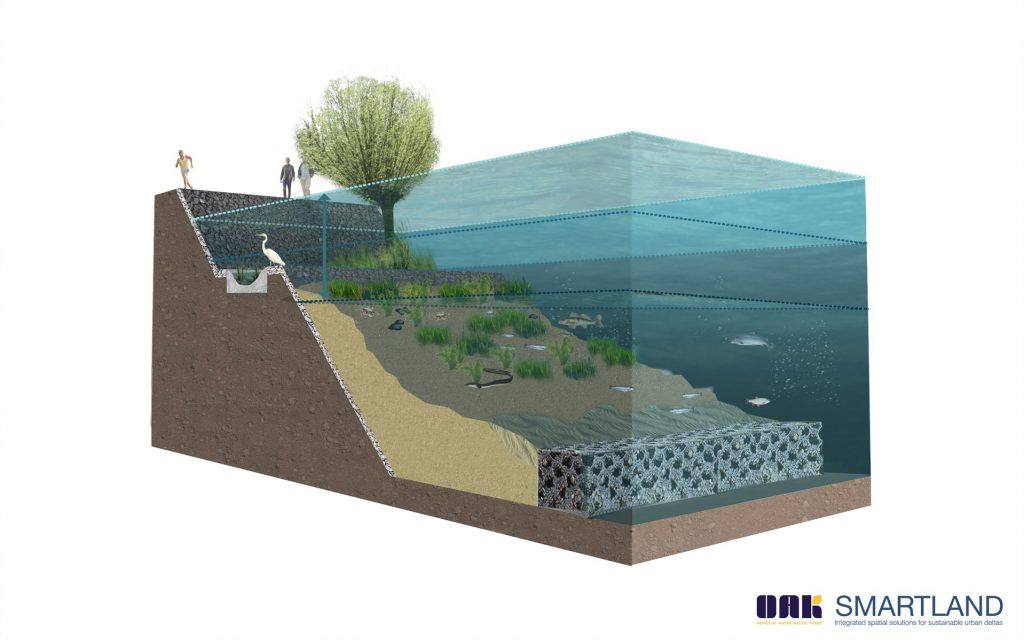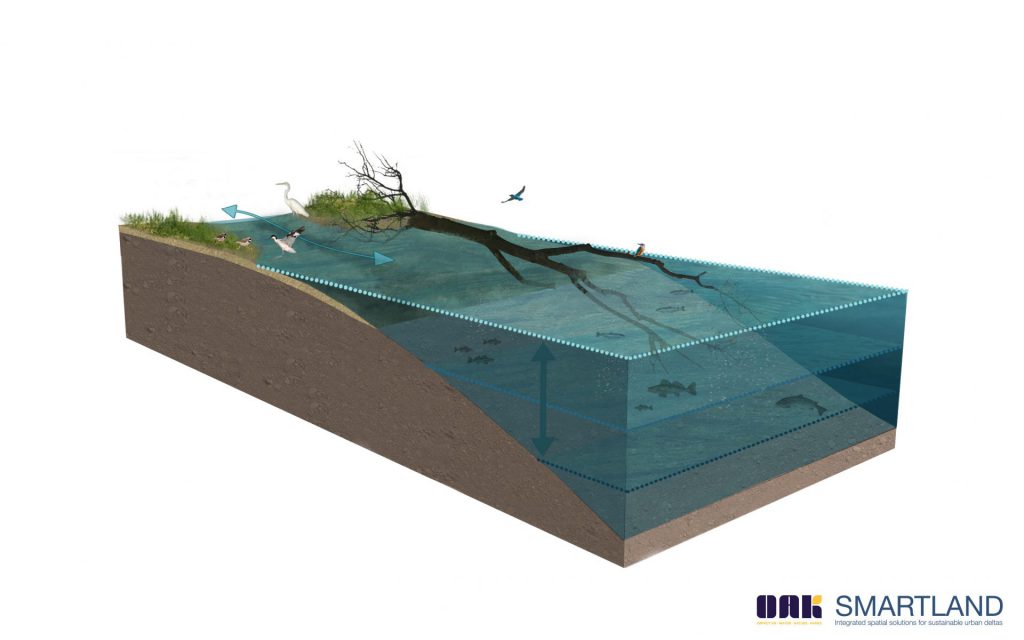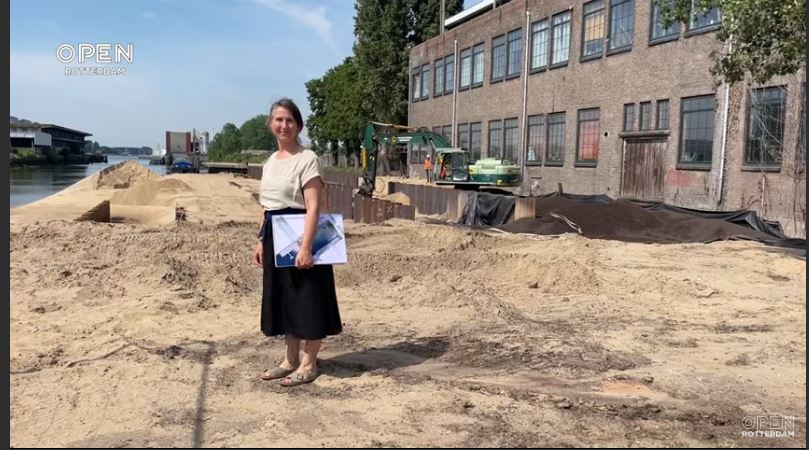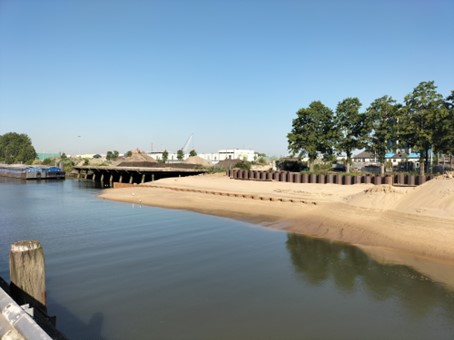In Rotterdam, the Nieuwe Maas and the sea meet. That is why the port city is an essential area for migratory fish such as salmon, shellfish and special aquatic plants. With a variety of sometimes small measures, we can give these species even more space.
The transition between river and sea creates special natural phenomena such as ebb and flow and transitions from fresh river water to salt sea water. Also with the support of the Life Urban Adapt program, Rotterdam, Rijkswaterstaat, ARK and WWF are committed to making the banks of the Rotterdam rivers more attractive and natural and increasing biodiversity.
These ambitions come together in the program 'River as Tidal Park', which started in 2015. Two tidal parks, the Keilehaven and Nassauhaven in Rotterdam, are being built in part thanks to the Life Urban Adapt program. In the middle of and close to the city, residents can experience the delta nature: stroll on the banks and spot birds among the reeds.
More attention for underwater nature through natural solutions
While the attention in the design and layout of tidal parks was mainly focused on the banks above water, the parties now also want to pay more attention to what below the water level can do everything. From the investigation 'Underwater nature Rotterdam ', which has been outsourced by the parties, it appears that even with small measures much extra profit can be made to make Rotterdam's underwater nature wilder, more exciting and richer.
How do we enrich underwater nature?
By working with natural solutions, we can enrich underwater nature. Think of removing hard quays or stopping dredging. This gives nature the space to develop freely, in the way it sees fit.
Precisely because nature is dynamic, this creates a great diversity of habitats. The force of the tides scour channels, where birds can root for shellfish. Filtering shellfish settle on dead trees in the water, behind which sheltered areas are created where fish can hide.
It tidal park Eiland van Brienenoord is a recent example of this. Currently being here worked on the construction of new nature-friendly banks and, for example, dead trees have been used for a more lively underwater nature.
Structure and depth for more fish and plants
In many places there is no possibility to soften the banks, for example because the banks have to remain hard for ships to moor. A variety of other solutions are possible there, even if space is limited. Applying or creating more structure - for example by means of porous stones or ropes - immediately yields a lot. Underwater species find their food there and use these structures as an attachment and shelter.
Applying more variation in depth to the bottom also provides habitat for a greater number of species of fish and plants. For example, by placing an underwater reef at some distance from a stone, straight quay and filling the space in between with sand, a shallow shore is created. Underwater plants can then start to grow here. The study describes solutions for all kinds of places along the river and in the harbor basins.
Opportunities for the future
The opportunities were subsequently made very concrete for a number of areas in Rotterdam. These are areas where tidal parks have already been built, or where they are still being designed. In the coming months it will be decided which measures can be applied in these areas. In this way, Rotterdam also becomes a bit wilder and more natural under water.




